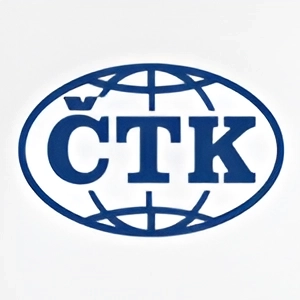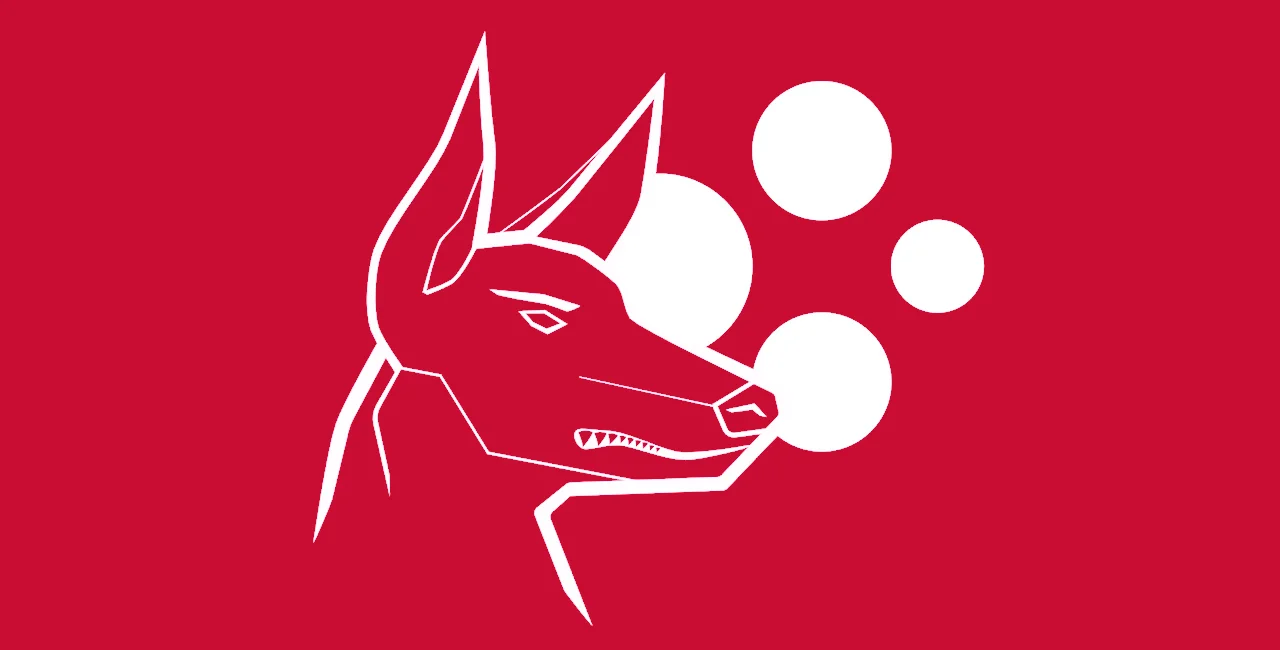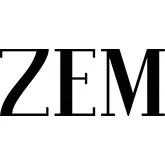Prague, Nov 13 (CTK) - The Czech Republic currently ranks at the fourth level of epidemic risk according to the new five-level risk assessment anti-epidemic system (PES), Health Minister Jan Blatný has told journalists.
PES translates to "DOG" in English, and the five levels of risk are indicated by a dog illustration ranging from low-risk (happy green dog) to high risk (snarling purple dog).

The Health Ministry will release the risk index on its website daily from November 16. All five levels of risk require a state of emergency to be in effect.
The fourth level of risk is the second-worst in the new assessment system.
If the epidemiological situation does not worsen until next Wednesday, the the Health Ministry will propose that the government relax the current anti-epidemic measures, Blatný said.
"As we know that we have been on the level number four since Wednesday, then if this continues this way until next Wednesday, we might decide on relaxing the measures as of the following Monday," he said.
The level four measures mostly correspond to those at level five, but there are some key differences.
If the Czech Republic moved from the fifth to the fourth level, the night curfew would be changed to 11 p.m. instead of 9 p.m., all students from lower grades of elementary schools could attend school again, and students from upper grades would have distance learning and in-class education in alternating groups. Up to six people could meet and weddings and funerals could have up to 20 participants.
On the other hand, hotels, museums and theaters would remain closed. Restaurants would be allowed to sell only take away food, shops would be closed apart from those selling food and other essential goods, and amateur sport competitions would still not be permitted.
Full details on the measures associated with risk levels (in Czech) can be found at the Health Ministry's website.
Jan Blatný: Dnes byl představen náš PES. Protiepidemický systém postupných změn a opatření. Budu o něm za chvíli mluvit ještě v Interview ČT24 a v Událostech ČT. https://t.co/yAKEpMFTPv
— Ministerstvo zdravotnictví (@ZdravkoOnline) November 13, 2020
The index is based on a number of variables, including: the reproduction number (R number), which is the average number of people infected by one COVID-19 person; the percentage of the infected among the tested; the number of COVID-19 cases per 100,000 inhabitants; and the spread among the country's senior population.
The new index score will be indicated on a scale of 0 to 100. On Thursday, it was set at 70. The fourth level of risk corresponds with an index score from 61 to 75.
The system has five levels. The first lowest is green, with the index score from 0 to 20. The second level is yellow from 21 to 40, the third one is orange from 41 to 60, the fourth one is red from 61 to 75, and the fifth one is violet at 75 and higher.
If the risk index moves to a higher risk level and stays there for three days, the measures will be tightened. If it moves to a lower level and stays there for seven days, they will be loosened, Blatný said.
At lower risk levels it will also be possible to loosen the restrictions in individual regions.
"The index will not be used as a robotic system, the assessment of the situation will be always done by people - experts," Blatný said, adding that this team will recommend to the government that the measures be tightened or loosened.
He added that the assessment system should be used until the end of the year, and that it is an instrument against a possible third wave of the epidemic.












 Reading time: 3 minutes
Reading time: 3 minutes 


























